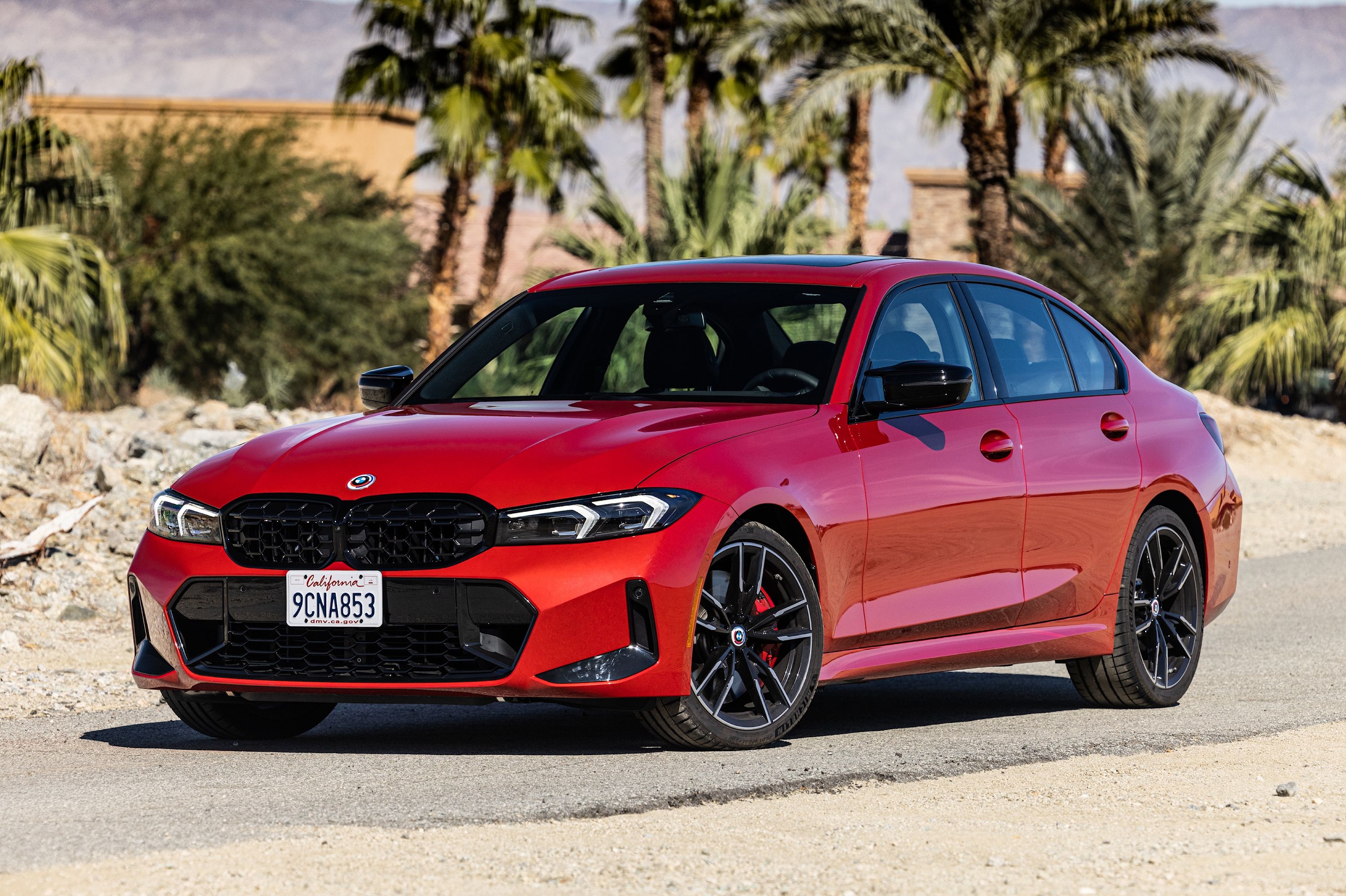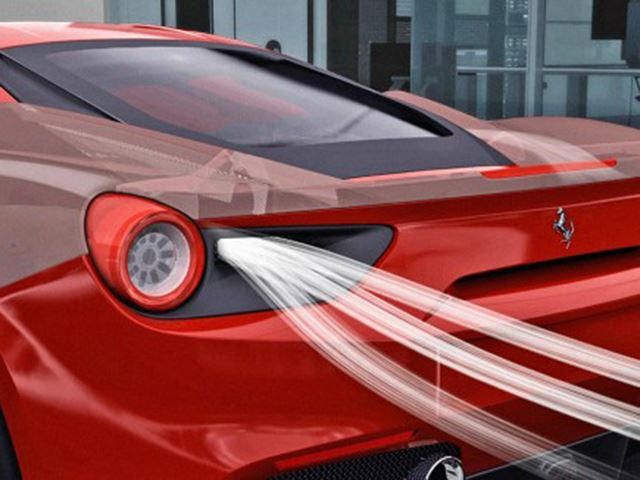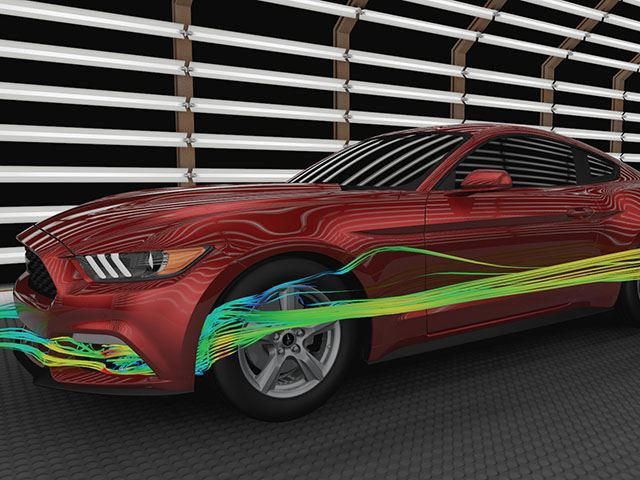
In 1998, Ferrari contracted Italian architect and engineer Renzo Piano to build one of its most important pieces of technology to date. The dual nature of Piano's skill set was perfect for the job, because the piece of equipment Ferrari needed was both a building and a machine. Enter the $10 million dollar Ferrari wind tunnel, a unique structure that greets the 80,000 yearly Maranello visitors and is responsible for shaping some of the more interesting, fastest, and most iconic Ferraris made this side of the new millennium.
Unfortunately, Ferrari won't be able to get much more mileage out of the wind tunnel because thanks to the rapid pace of technology, modeling the way that the wind rushes around a car is made easier and more precise by using a computer. Not only do virtual aerodynamics tests save costs on expensive tunnels but they cut down on development time and costs when creating a new car. Thanks to software like Powerflow, which is used by Jaguar Land Rover, BMW, Tesla, Ford, and Volkswagen, designers no longer need to create a scale model of their newest car and put it to the test. Instead, the engineers can just build a virtual model and put it through thousands of tests that simulate different scenarios in order to get the shape of the car just right.
Aside from this time and cost-saving advantage, computer simulation also provides more precise measurements. In the past, when a model car placed in a wind tunnel derived an unsatisfactory result, the designers had to play a guessing game to find what to improve. Then, the team had to build another model car for testing and repeat the process until it got things right. With computer simulations, all of the drag-inducing problem areas are highlighted on a laptop screen, allowing for on-the-fly additions of new aerodynamic elements with minimal effort. Even the coefficient of drag (Cd) measured virtually is more accurate than one acquired in a wind tunnel, with differences in fuel consumption varying by as much as 5%.
Software-guided design also helps yield better real-world results since the Cd that drivers experience on the road and the number found in a wind tunnel can vary by as much as 10%. Automakers are in a constant push to improve cars as much as possible, and lowering drag is one way to do this. By building cars with a lower Cd, wind noise, fuel economy, performance, and control are all improved. The industry goal is to one day build cars that achieve a Cd as low as 0.20, a number that is currently approached by the most fuel-efficient of vehicles and surpassed only by a few concept cars. With computers aiding in this fight, we may one day see this dream become a reality.


